Mapping Port Names to Numbers
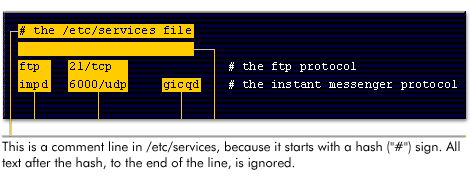
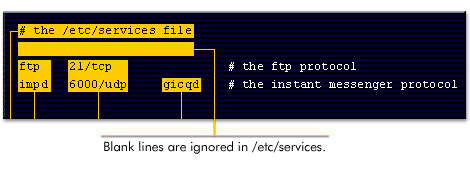
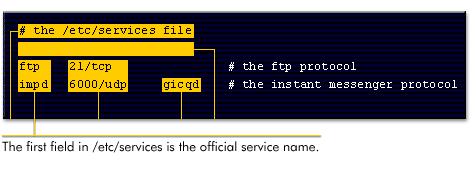
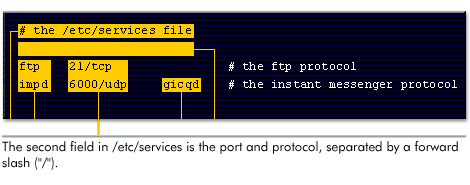
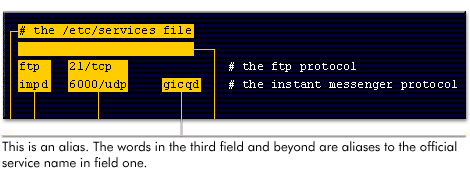
This is a list of Internet socket port numbers used by protocols of the Transport Layer of the Internet Protocol Suite for the establishment of host-to-host connectivity.
Originally, port numbers were used by the (NCP) Network Control Program in the ARPANET for which two ports were required for half duplex transmission. Later, the (TCP) Transmission Control Protocol and the User Datagram Protocol (UDP) needed only one port for full duplex, bidirectional traffic.
The even numbered ports were not used, and this resulted in some even numbers in the well-known port number range being unassigned. The (SCTP) Stream Control Transmission Protocol and the (DCCP) Datagram Congestion Control Protocol also use port numbers. They usually use port numbers that match the services of the corresponding TCP or UDP implementation, if they exist.
The (IANA) Internet Assigned Numbers Authority is responsible for maintaining the official assignments of port numbers for specific uses. Nevertheless, many unofficial uses of both well-known and registered port numbers occur in practice.
Originally, port numbers were used by the (NCP) Network Control Program in the ARPANET for which two ports were required for half duplex transmission. Later, the (TCP) Transmission Control Protocol and the User Datagram Protocol (UDP) needed only one port for full duplex, bidirectional traffic.
The even numbered ports were not used, and this resulted in some even numbers in the well-known port number range being unassigned. The (SCTP) Stream Control Transmission Protocol and the (DCCP) Datagram Congestion Control Protocol also use port numbers. They usually use port numbers that match the services of the corresponding TCP or UDP implementation, if they exist.
The (IANA) Internet Assigned Numbers Authority is responsible for maintaining the official assignments of port numbers for specific uses. Nevertheless, many unofficial uses of both well-known and registered port numbers occur in practice.